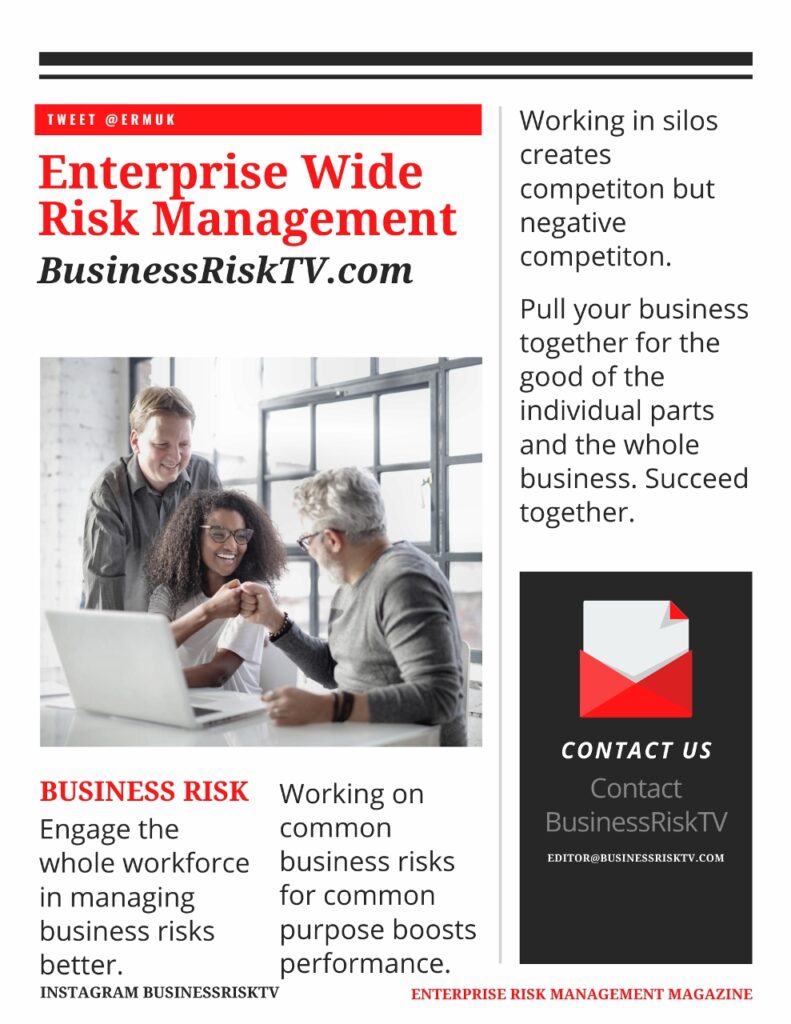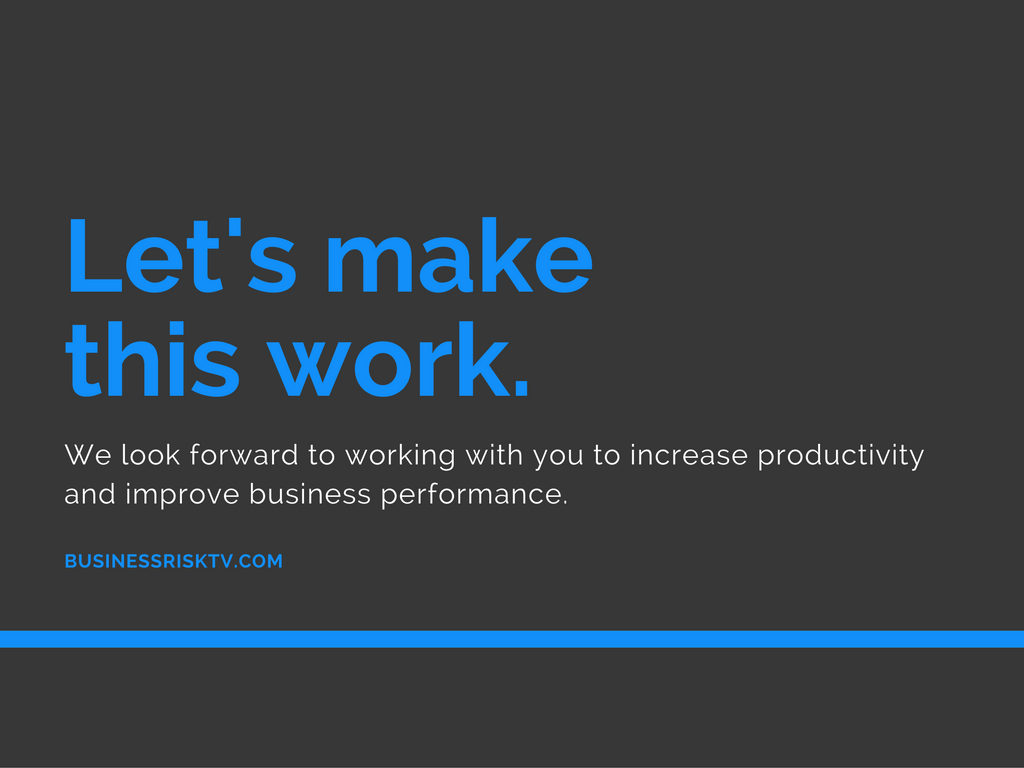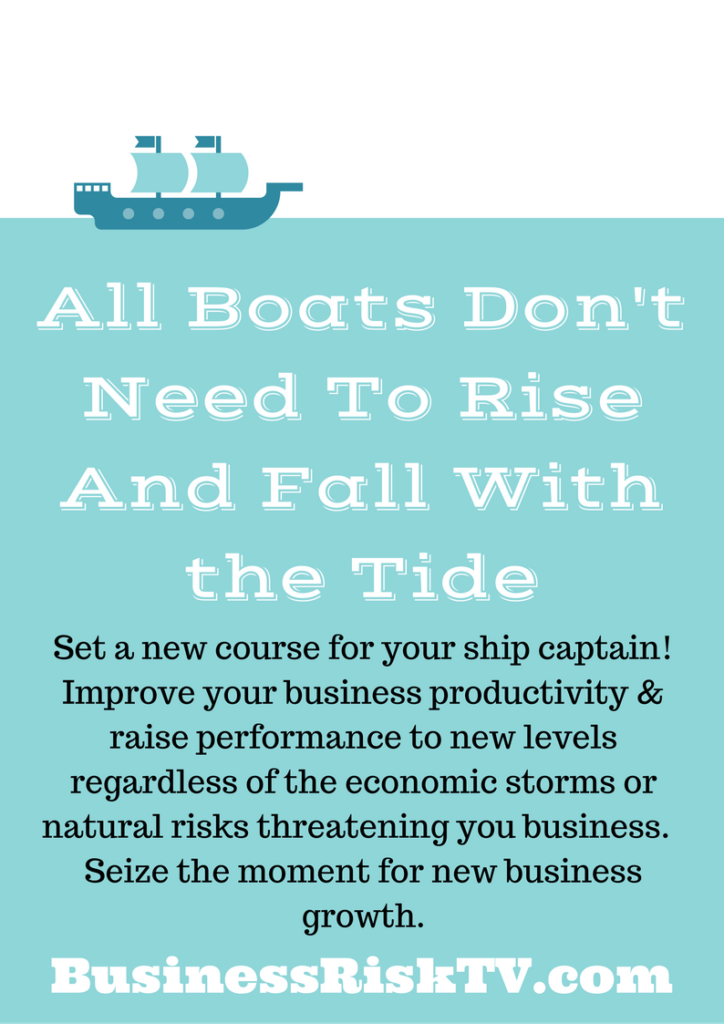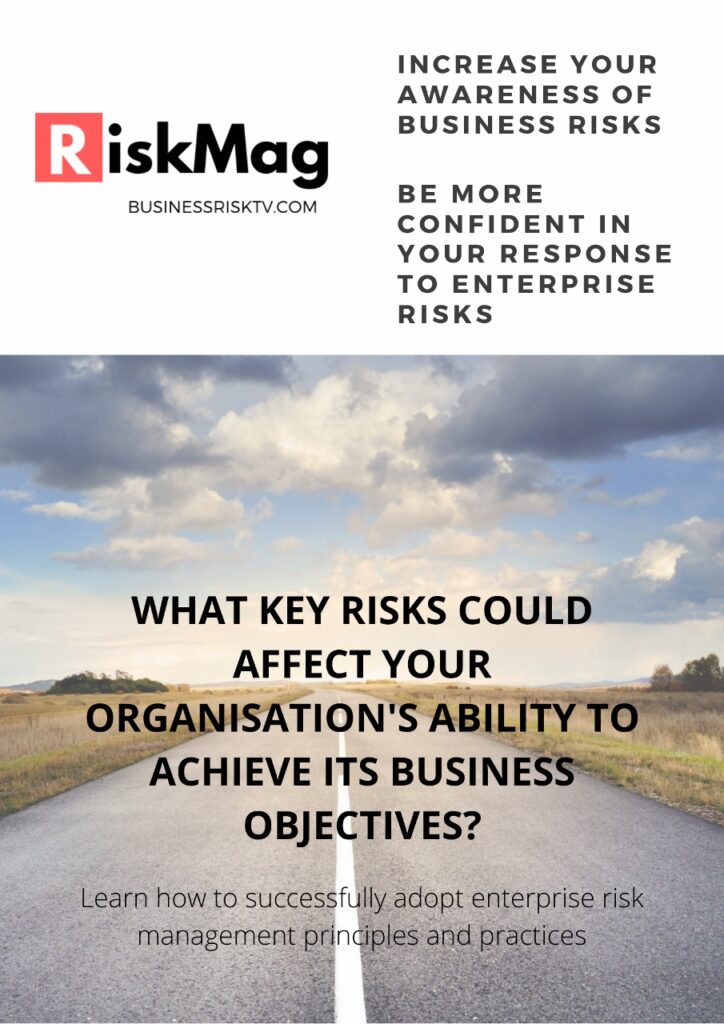History. It’s the bedrock, right? The solid ground upon which we build our understanding of the present, and plan for the future. But what if that bedrock is riddled with cracks, fissures, and outright fabrications? What if the “facts” we cling to are merely the agreed-upon lies of a collective memory, shaped by biases, power struggles, and the ever-shifting sands of time?
History is often simply the agreed lies of what the past looks like. Rebel against the history we are creating today to ensure we have a better tomorrow. By Keith Lewis
Consider this: a staggering percentage of strategic business decisions, in fact, are based on historical analysis. But what if that history is wrong? We’re building castles on sand! In the realm of enterprise risk management, this is not just an academic musing; it’s a critical vulnerability. We believe we learn from the past. But are we really learning from reality, or are we simply reinforcing flawed narratives? I’ve seen it firsthand. We need to challenge the very notion of historical certainty. Because if we don’t, we risk repeating the same catastrophic mistakes, driven by illusions rather than genuine insight.

The Unravelling Tapestry of “Truth”
Let’s dig deep. Let’s unearth the uncomfortable truths. Let’s rebel against the comfortable lies of history to forge a more resilient, informed, and ultimately, successful future.
Part 1: The Fabricated Foundations – Six Risk Event Falsehoods
Let’s dive into some specific cases where the perceived “facts” of risk events were demonstrably false, and how these falsehoods shaped subsequent risk management strategies.
- The Challenger Disaster: The O-Ring Myth.
- The commonly accepted narrative surrounding the 1986 Challenger space shuttle disaster centred on the failure of the O-rings due to cold temperatures. This narrative became the cornerstone of risk management reforms at NASA. However, a deeper analysis revealed a far more complex picture. The O-rings were a contributing factor, yes. But the disaster was rooted in a culture of organisational pressure, flawed decision-making, and a systemic disregard for dissenting voices. The focus on the O-rings alone, while technically accurate, masked the deeper, more insidious risks within NASA’s management structure. Consequently, post-disaster reforms focused heavily on technical improvements, while neglecting the crucial organisational and cultural issues. This led to a false sense of security, which, in turn, contributed to the later Columbia disaster. It’s a tragedy, and it repeats.
- The 2008 Financial Crisis: The “Isolated Incident” Lie.
- The 2008 financial crisis was initially portrayed as an isolated incident, a perfect storm of subprime mortgages and reckless lending practices. This narrative allowed many financial institutions to avoid fundamental reforms, clinging to the belief that the crisis was an anomaly. However, the reality was far more systemic. It exposed deep-seated flaws in regulatory oversight, risk modelling, and the very culture of Wall Street. The “isolated incident” lie prevented a thorough examination of these systemic risks, leading to a patchwork of regulatory changes that failed to address the root causes. The result? A financial system still vulnerable to future shocks.
- The Enron Collapse: The “Rogue Trader” Delusion.
- The Enron scandal was often attributed to a few rogue traders and executives who acted independently. This narrative absolved the company’s broader culture and governance structures from responsibility. However, the reality was that Enron’s culture of aggressive accounting practices, unchecked ambition, and a complete lack of transparency permeated the entire organisation. The focus on “rogue traders” allowed many companies to believe they were immune to similar risks, as long as they kept a close eye on individual actors. This narrow view prevented a wider recognition of the systemic risks associated with corporate culture and ethical leadership.
- The BP Deepwater Horizon Oil Spill: The “Technical Failure” Fallacy.
- The Deepwater Horizon disaster was initially framed as a technical failure of the blowout preventer. While the blowout preventer did fail, the disaster was a culmination of systemic failures in risk management, cost-cutting measures, and a disregard for safety protocols. The “technical failure” narrative allowed BP and the industry to focus on improving equipment, while downplaying the crucial role of human error and organisational culture. This limited approach left the industry vulnerable to similar disasters, as the underlying systemic risks remained unaddressed.
- The Space Shuttle Columbia Disaster: The “Foam Strike” Misinterpretation.
- Initially, the foam strike on the Columbia shuttle was seen as a minor, inconsequential event. The narrative was that the foam was a known, minor risk that posed no threat to the integrity of the shuttle. This was a critical misinterpretation. The reality was that the damage caused by the foam was significant and ultimately led to the catastrophic reentry. The misinterpretation arose from a culture of normalisation of deviance. Small deviations from expected outcomes were accepted over time, until they became the new normal. This led to a severe underestimation of the true risks involved. The risk management improvements made were too little, too late.
- The COVID-19 Pandemic: The “Foreign Threat” Simplification, lab-produced or natural evolution and building back better
- The truth about the COVID-19 pandemic has yet to be unwrapped. Multi inquiries are ongoing. Personnel changes of key government bodies in America post recent election result may uncover more lessons to be learned from health risk management mistakes of COVID pandemic.
Part 2: The Business Risk Management Context – Challenging the Narrative
These examples illustrate a critical point: risk management strategies built on flawed historical narratives are inherently vulnerable. They create a false sense of security, blind us to systemic risks, and prevent us from learning from past mistakes.
- The Problem of Confirmation Bias: We tend to seek out information that confirms our existing beliefs, even when those beliefs are flawed. In risk management, this can lead to a selective interpretation of historical data, reinforcing existing biases and preventing us from seeing the full picture.
- The Danger of Simplification: Complex risk events are often reduced to simple narratives, focusing on isolated incidents or individual failures. This simplification obscures the underlying systemic risks and prevents us from developing effective mitigation strategies.
- The Illusion of Control: We often believe that we have more control over events than we actually do. This illusion can lead to overconfidence in our risk management capabilities and a failure to anticipate unexpected outcomes.
- The Impact of Organisational Culture: Organisational culture plays a crucial role in shaping how risks are perceived and managed. Cultures that discourage dissent, prioritise short-term gains over long-term sustainability, or normalise deviance are particularly vulnerable to risk events.
- The Importance of Critical Thinking: Effective risk management requires a willingness to challenge conventional wisdom, question assumptions, and engage in critical thinking. This includes scrutinising historical narratives and seeking out alternative perspectives.
- The need for accurate data: Data, when collected and analysed correctly is vital to risk management. However, when the data is wrong, or missunderstood, it can lead to terrible decsions.
Part 3: Reclaiming the Future – Nine Strategies for Improved Risk Management
To break free from the cycle of repeating past mistakes, we need to adopt a more critical and nuanced approach to risk management. Here are nine strategies to improve business intelligence, risk management knowledge, and business decision-making:
- Embrace Diverse Perspectives: Actively seek out and incorporate diverse perspectives into your risk assessments. This includes challenging your own biases and assumptions, and encouraging dissenting voices.
- Conduct Root Cause Analysis: Move beyond surface-level explanations and conduct thorough root cause analyses of risk events. This involves digging deep to identify the underlying systemic factors that contributed to the event.
- Develop Scenario Planning: Use scenario planning to explore a range of potential future outcomes, including those that challenge conventional wisdom. This can help you anticipate unexpected risks and develop contingency plans.
- Promote a Culture of Transparency: Foster a culture of transparency and open communication, where employees feel safe to raise concerns and report potential risks.
- Invest in Data Analytics: Leverage data analytics to identify patterns and trends that may indicate emerging risks. This includes using predictive analytics to anticipate future events.
- Enhance Risk Communication: Develop clear and effective communication strategies to ensure that risk information is disseminated to all relevant stakeholders.
- Implement Continuous Monitoring: Establish continuous monitoring systems to track key risk indicators and identify potential threats in real-time.
- Foster a Learning Organisation: Create a culture of continuous learning, where mistakes are seen as opportunities for improvement. This includes conducting post-event reviews and sharing lessons learned.
- Challenge Historical Narratives: Encourage critical examination of historical narratives and challenge assumptions about the past. This includes seeking out alternative perspectives and questioning the “facts” that are commonly accepted.
Conclusion: The Responsibility of Reinterpretation
History is not a static entity; it is a living, breathing narrative that is constantly being reinterpreted. We have a responsibility to challenge the comfortable lies of the past and to create a more accurate and nuanced understanding of our history. By doing so, we can build a more resilient, informed, and ultimately, successful future. In the realm of enterprise risk management, this means moving beyond simplistic narratives and embracing a more critical and holistic approach.
We must recognise that the stories we tell ourselves about the past shape our perceptions of the present and our expectations for the future. When those stories are flawed, so too are our decisions.
Consider the implications. If we continue to accept historical narratives without question, we risk repeating the same mistakes, driven by illusions rather than genuine insight. We become trapped in a cycle of reactive management, constantly responding to crises that could have been avoided.
But there is another path. We can choose to be active participants in the construction of our own narratives. We can choose to challenge assumptions, question conventional wisdom, and seek out alternative perspectives. We can choose to embrace the complexity of history and to learn from its lessons, even when those lessons are uncomfortable.
This requires a shift in mindset. It requires a willingness to acknowledge our own biases and limitations. It requires a commitment to continuous learning and improvement.
In practical terms, it means:
- Cultivating a culture of intellectual curiosity: Encourage your teams to ask “why” and “what if.” Promote open dialogue and debate.
- Investing in critical thinking training: Equip your employees with the tools and skills they need to analyse information and identify biases.
- Building diverse teams: Seek out individuals with different backgrounds, perspectives, and experiences.
- Implementing robust data governance: Ensure that your data is accurate, reliable, and accessible.
- Establishing independent review processes: Create mechanisms for challenging assumptions and validating findings.
By taking these steps, we can move beyond the limitations of flawed historical narratives and create a more informed and resilient organisation.
Remember, the future is not predetermined. It is shaped by the choices we make today. And those choices are informed by the stories we tell ourselves about the past.
Let us choose to tell stories that are grounded in reality, that embrace complexity, and that empower us to create a better tomorrow. Let us rebel against the comfortable lies, and embrace the challenging truths. For in doing so, we not only rewrite history, we rewrite our future.
The responsibility to reinterpret, to question, and to learn, rests with each of us. The time to begin is now. Let’s build a future founded on accurate understanding, and not on the shifting sands of agreed upon falsehoods.
Get help to protect and grow your business faster with more certainty
Find out more about Business Risk Management Club
Subscribe for free business risk management tips risk reviews and cost reduction ideas
Read more business risk management articles and view videos on risk management for free
Business Risk Management Insights
Read risk management articles in full and view videos:
- How flawed historical narratives impact enterprise risk management strategies
- Examples of risk management failures due to misinterpreted historical data
- Strategies for improving business intelligence by challenging accepted historical facts
- Why traditional risk management models fail when based on agreed upon historical lies
- Implementing critical thinking in risk analysis to avoid repeating historical business mistakes
Business Risk Management : Enterprise Risk Management In Business
Relevant hashtags :
- #RiskManagementReality
- #ChallengingHistory
- #BusinessIntelligenceInsights
- #StrategicRiskAnalysis
- #UnlearnRepeat
How flawed historical narratives impact enterprise risk management strategies









